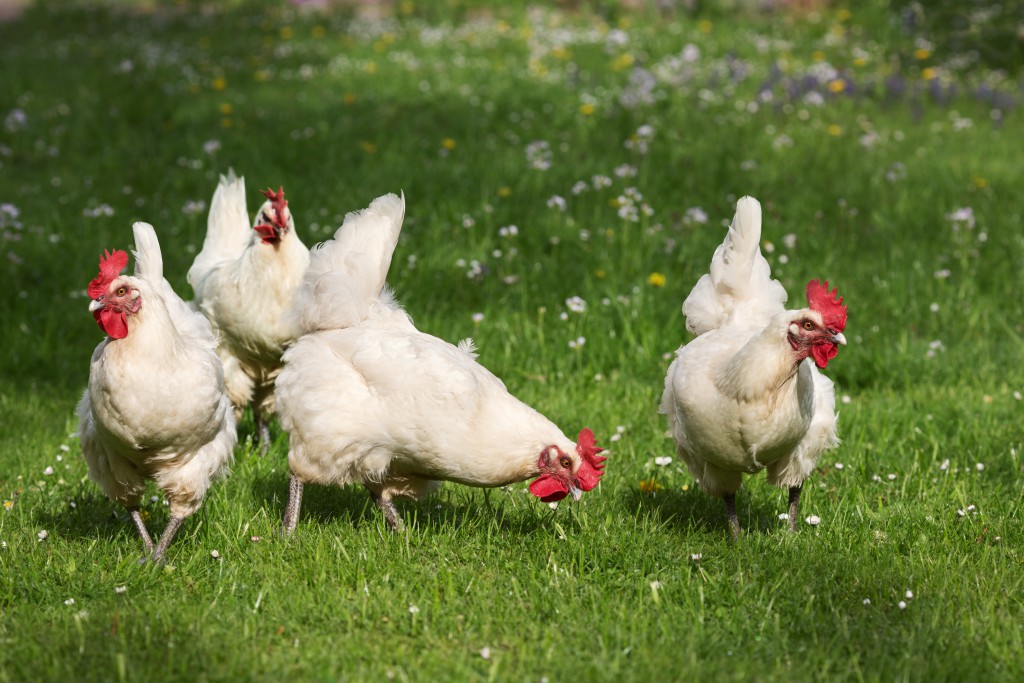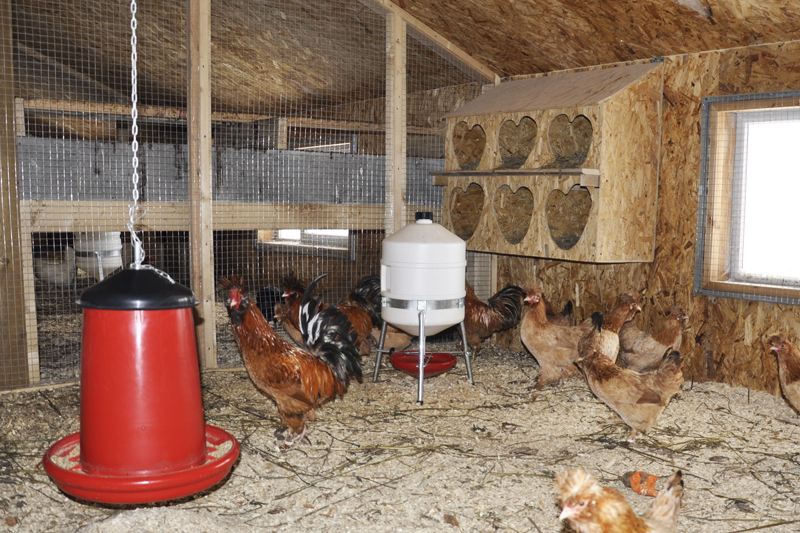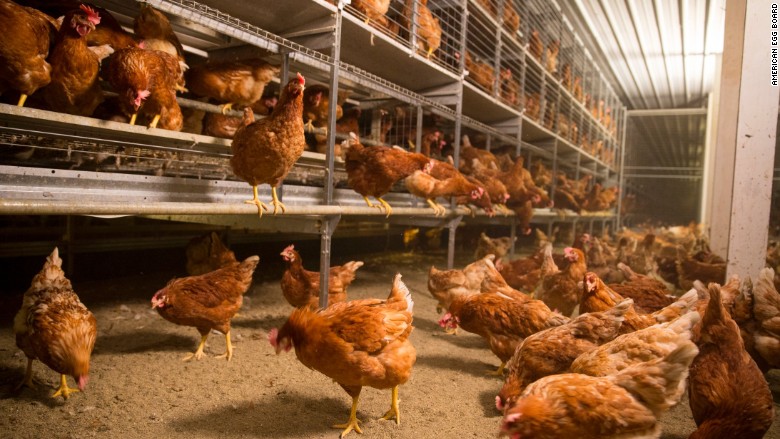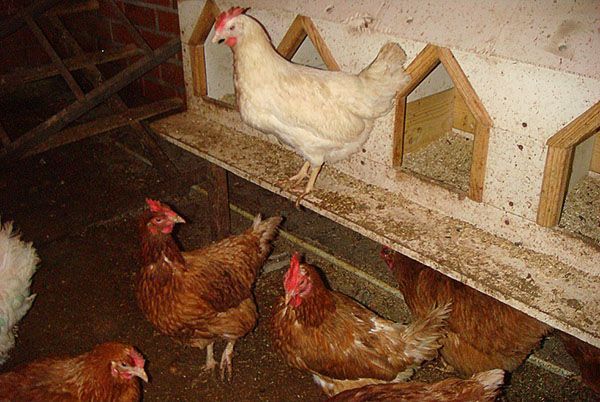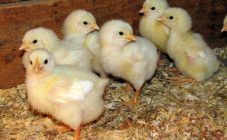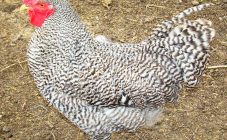Content:
The question of whether it is profitable to keep laying hens worries many people who have a private house or dacha. Will compound feed pay off with eggs? How to choose chickens when buying? Buy pullets or raise chickens? How long does it take for a chicken to grow? What can be done to make poultry breeding more profitable? The answers to these and other questions are in this article.
Brief information about chickens
Chickens are the most common domesticated bird. They are bred for the sake of eggs and meat, and also, in more rare cases, for the sake of feathers and down. This type of poultry is the most productive. There are several groups of breeds:
- egg;
- general use;
- meat breeds.
Keeping chickens
It's easy to create conditions for chickens. A small clearing for grazing and a simple barn for spending the night and wintering is enough for them. It is important that both the pen and the room are kept dry, otherwise laying hens can get sick. It should also be noted that many animals, such as wild dogs and ferrets, hunt birds. When installing enclosure fences, holes and crevices must be carefully repaired.
Nutrition
Chickens are omnivorous, eating vegetables, cereals, baked goods, seeds, grass, insects and worms. In the spring and summer, you can hardly take care of their nutrition, provided that they have a corral in which a lot of grass grows. If there is no vegetation, then there are two ways out of this situation:
- Mow the grass with a lawn mower and distribute it around the pen or dump it into one pile, then the hens themselves will rummage in it, looking for insects and worms.
- Grazing chickens on the site. In this case, the shepherd is completely unnecessary. Domestic birds walk around the territory, feed on plants, insects and worms. However, flower beds or a vegetable garden may be damaged if the laying hens are not driven to the area allocated for them in time.
Depending on the budget, goals and circumstances, there are several ways to organize feeding for layers in winter:
- Grain is the cheapest option. It is enough to buy 2-3 bags, but it is worth considering the disadvantages of such a diet. If the purchased pullets were accustomed to compound feed, then they will not peck ordinary grain. Also, the grain mixture must be mixed with vitamins. If the birds are not given vitamins in full, then their content will become unprofitable.
- Compound feed is the most expensive food. When using specialized feeds, you do not need to worry about vitamins, since egg production will always be at an excellent level.
- Steamed cereals and wheat products. If there are old cereals or pasta that cannot be cooked anymore, they are great for feeding birds. In the evening they need to be soaked in a large container, and in the morning you can already give them to chickens. Many poultry farmers add vegetable and food leftovers to this mixture. Thus, the feed is rich in vitamins.
It is also worth taking care of the water. Chickens drink a lot, because their diet mainly includes dry food and specialized feed.
How much chicken grows for meat
The growing up period of chickens is divided into two phases:
- First 3 months after hatching. Chickens are covered with fluff, their bones get stronger, develop, but the skeleton is still based on cartilage. During this period, the correct diet is important. For full development, they must receive a lot of vitamins and minerals. The obligatory diet should include hard-boiled crushed eggs, millet, buckwheat, rice porridge, if possible woodlice (this plant is called "chicken grass", it grows in shady humid places and is very rich in vitamins).
- From 3 months to half a year. Fluff is replaced by plumage, cartilage is converted into bones. During this period, you need to increase the amount of soft food and add dry or steamed grain to the diet. When the plumage is completely replaced, you need to change the feed to unhulled grain. Broiler growing lasts 3 months, then it is sent to slaughter.
How much does a chicken weigh on average
For 3 months, broiler chickens gain weight up to 3 kg. From 10 days of age, the chicken's diet and weight should be monitored. To facilitate this task, detailed tables have been created with the nutritional requirements for each day of chick rearing. In 2 months, the weight of the chicken should increase by 2-2.5 kg. If the standard is not met, the calorie content of food increases. The slaughter period is 3 months of age, otherwise the bird will begin to consume more food, and the taste of the chicken will deteriorate.
The profitability of laying hens
Breeding laying hens is a profitable business. In 10 days, you can get a dozen eggs at the rate of one per day. Given a large number of individuals, this very quickly pays for both expensive feed and the purchase of chickens.
Chickens should be kept in a dry, warm room, fed with special mixtures or grain with added vitamins. However, no additives can replace the complex of nutrients that birds can get by consuming ordinary grass. Many poultry farmers complain that when the cold season comes, the hens stop laying. You can save egg production by paying attention to the content and diet of layers.
How to choose laying hens when buying
When buying chickens at the market from farmers, you need to properly examine the individuals for diseases and possible deficiencies. It is worth asking the seller about the conditions of detention and feeding. A person representing quality products will answer all your questions. Pros of buying layers from farmers in the market:
- good living conditions, the possibility of grazing;
- strong immunity of individuals;
- environmentally friendly food with the addition of grass.
Signs of a good laying hen:
- The chicken should be neither too thin nor too oily.
- Well-groomed appearance, bald spots in the plumage are not acceptable. The feather coat should be shiny, smooth and shiny.
- Clean plumage at the anus.
- Pale pink skin color under the feathers.If the skin is yellow, then the chicken has a diseased liver.
- The scallop and earrings are red, without blue tints.
- Broad chest and straight keel. Depressions in the chest and bulging keel indicate that such a bird is not healthy.
- Strong legs wide apart.
- Constant activity. The hen should be “interested” in the world around him all the time, rummaging through the litter. The sleepy appearance of an individual says only one thing - the individual is sick.
How to make raising chickens profitable
Everything is extremely simple:
- You need to keep chickens in a spacious room of at least 150 m².
- Equipping with a good ventilation system is important. Litter and air humidity are detrimental to birds.
- It is worth observing the temperature regime.
- Store feed in a dry, ventilated area.
- It is important to maintain a balanced diet. It is impossible to feed the hens, otherwise they will cease to lay eggs well. An adult chicken needs about 150 g of feed per day.
- Vaccinations must be carried out regularly.
- It is recommended to continually cull and buy new pullets.
So is it profitable to breed chickens? This largely depends on the poultry farmer himself. It is not difficult to grow layers, the main thing is to control the conditions of their keeping. The productivity of this poultry is very high, so this business is considered profitable. The most consumed foods are eggs and meat, and there will always be a demand for them.
